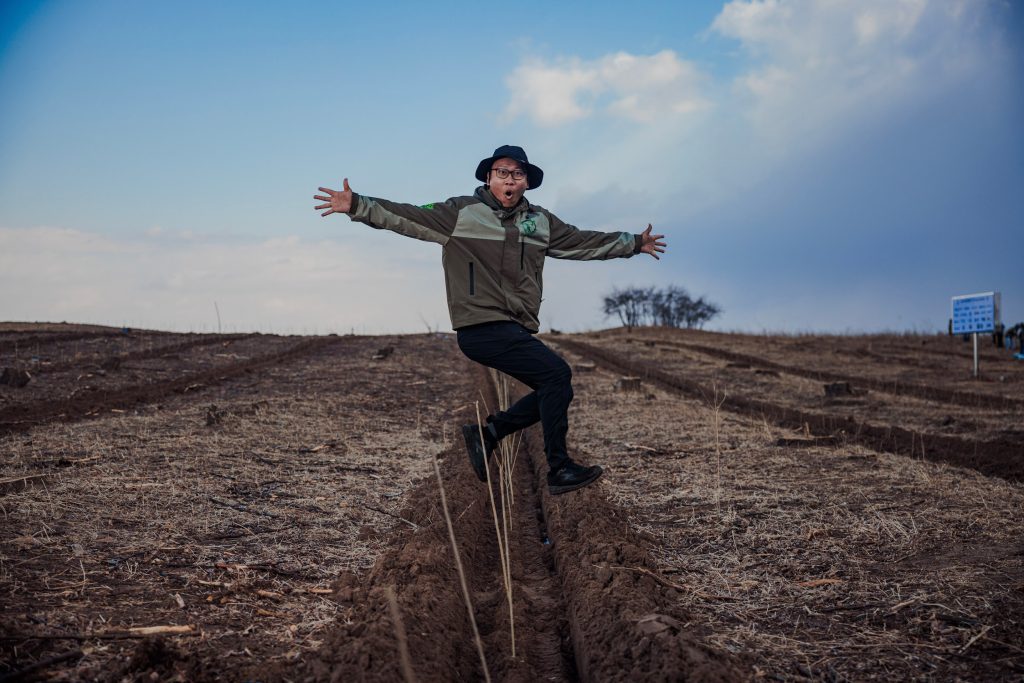A Fifteen-Year Journey to Plant a Million Trees
Apr.28.2025
When people think of Inner Mongolia, do they picture the endless grasslands of Hulunbuir, the thunder of Genghis Khan’s cavalry, or that poetic image of “cattle and sheep appearing as the grass sways”? In 21st-century China, we’re surrounded by these romantic visions—social media influencers posting breathtaking photos—but relatively few realize that Inner Mongolia has also been the frontline of China’s battle against desertification, soil degradation, and ecological imbalance for decades.


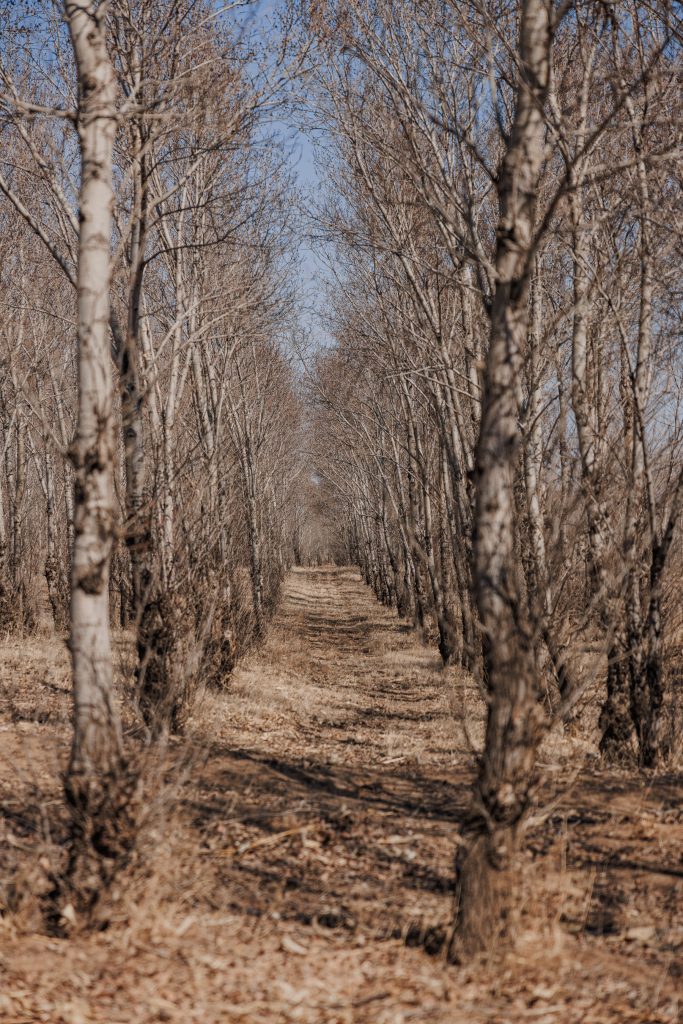
My story with Shanghai Roots & Shoots began fifteen years ago, when I was a student at SMIC Private School in Shanghai. Though I was born overseas to Chinese immigrant parents, I grew up in China and witnessed firsthand both the economic boom and the environmental challenges that came with the rapid development of China. In high school, I dedicated myself to finding sustainable solutions. I joined the environment club of our school—affiliated with Shanghai Roots & Shoots—and every week my classmates and I collected recyclables, promoted energy-saving initiatives, and raised funds for the Million Trees Project. From 2010 to 2012, our school planted over a thousand trees each year, even sending teams to Horqin, Inner Mongolia, to plant saplings. Sadly, academic demands and family obligations kept me from ever visiting those sandy plains myself.
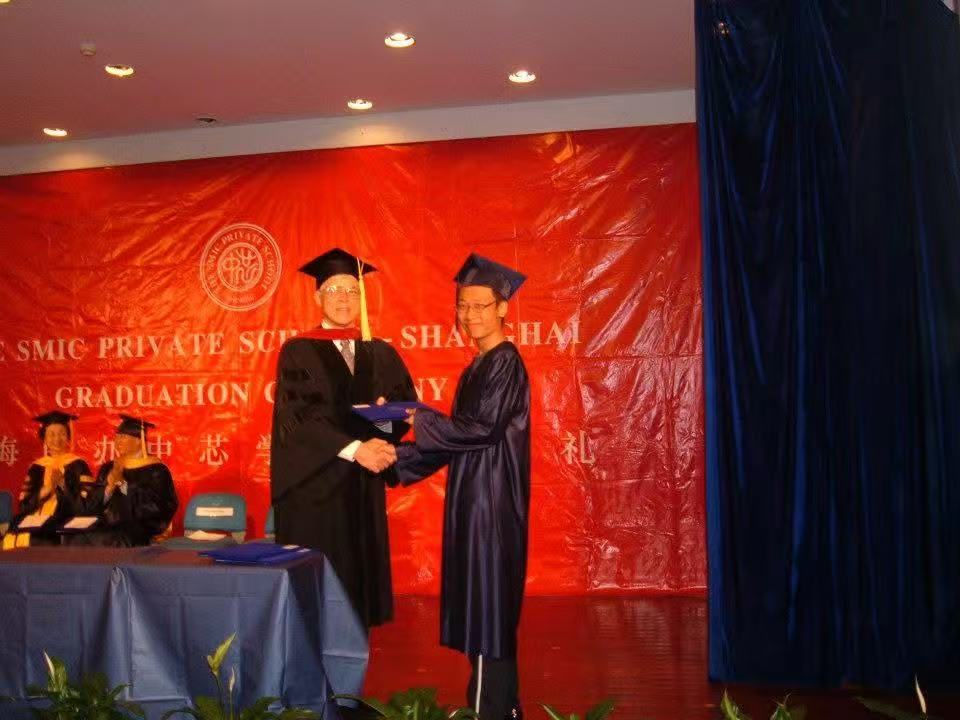
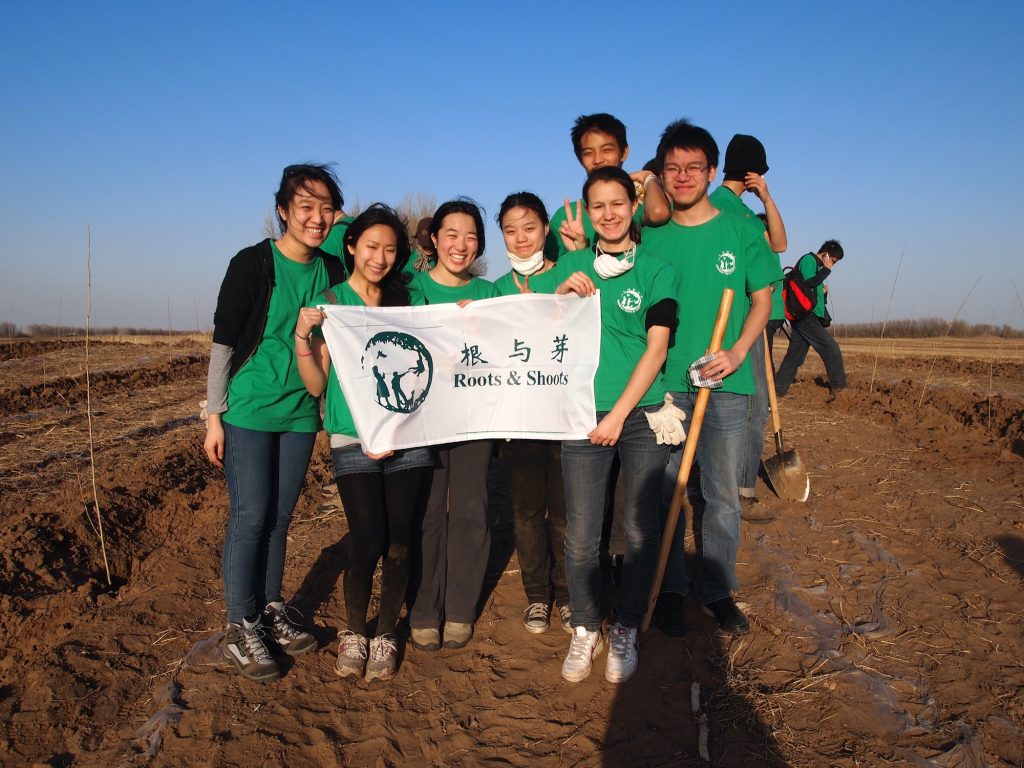
Time flew by. I graduated in 2012 and went to the United States to study chemical and environmental engineering. The summer after my freshman year, I returned to Shanghai Roots & Shoots as an intern, an experience that shaped my career. Back in the U.S., I founded two startups in the field of environmental technology, and after earning my degree in 2015, I joined the electric vehicle industry to make our transportation greener and more sustainable.
By 2024, at thirty years old, I still felt the regret of never having gone to plant trees in Inner Mongolia. So I reconnected with the Shanghai Roots & Shoots team, secured a spot on their latest planting expedition, and even donated my own “grove” of 500 trees. Finally, in April 2025, I set foot on Inner Mongolian soil—fifteen years after first dreaming of it.
What surprised me most was that those four days and three nights were as much an emotional and intellectual journey as they were a physical one. Each day brought new experiences: planting saplings in the crisp morning air, pruning branches under a blazing sun, and touring the desert’s shifting dunes. We saw how cutting-edge technologies like AI-driven monitoring systems, automated seed-planters, and drones mapping barren land are transforming reforestation efforts. Environmental education workshops on soil health and ecosystem niches added depth, making every day both fresh and inspiring.

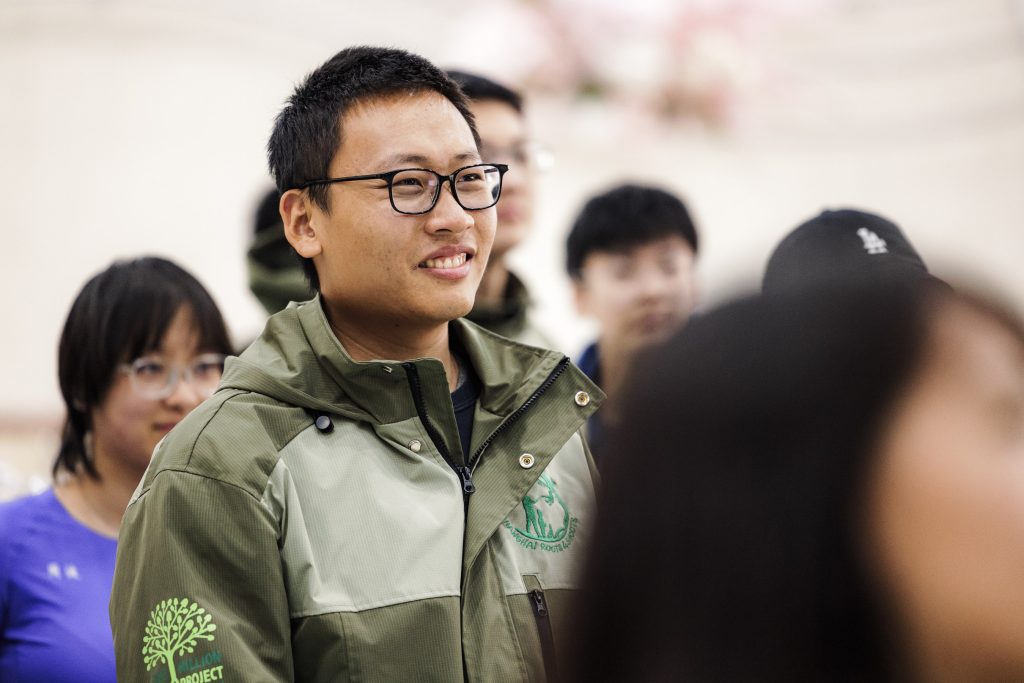
As the saying goes, “This generation plants the trees, the next enjoys the shade.” On our last full day, we returned to the grove planted by SMIC students in 2012 to prune overgrown limbs. The tiny saplings we had planted just twenty-four hours earlier paled in comparison to these towering trees. In that moment, my thirty-year-old self and my fifteen-year-old self seemed to meet across time, witnessing together how the landscape—and I—had grown.
The Chinese character for “tree” (树) combines “wood” (木) and “right” (对)—only the right choice of wood makes a real tree. That concept applies not only to different species—pines and poplars in Inner Mongolia, straw checkerboards in Ningxia combating desert spread—but also to people adapting and learning in new environments. Interestingly, “树” is also composed of “wood” (木), “again” (又), and “inch” (寸), reminding us that environmental progress is slow but worthwhile. Our efforts may not bear fruit immediately, but inch by inch—tree by tree—deep roots and broad canopies will emerge over time. It’s never too late to start; today is always the right day to take action.
Before we left, I asked whether the commemorative plaque for our school’s grove had survived the years. The reply I got was that wind and sand had long since worn it away. Standing there, I realized that trees, markers, and even landscapes will change or disappear. The transformation by nature is constant and unavoidable. What endures is the progress and advancement of human civilization and the spread of ideas. As the proverb goes, “It takes a decade to grow trees, but a century to cultivate people.” This trip was about more than planting trees—it was about cultivating people. I look forward to returning someday, this time leading young people from around the world to plant trees—and grow together.
Written by Edwards YANG
Photo by Mattias Isaksson





